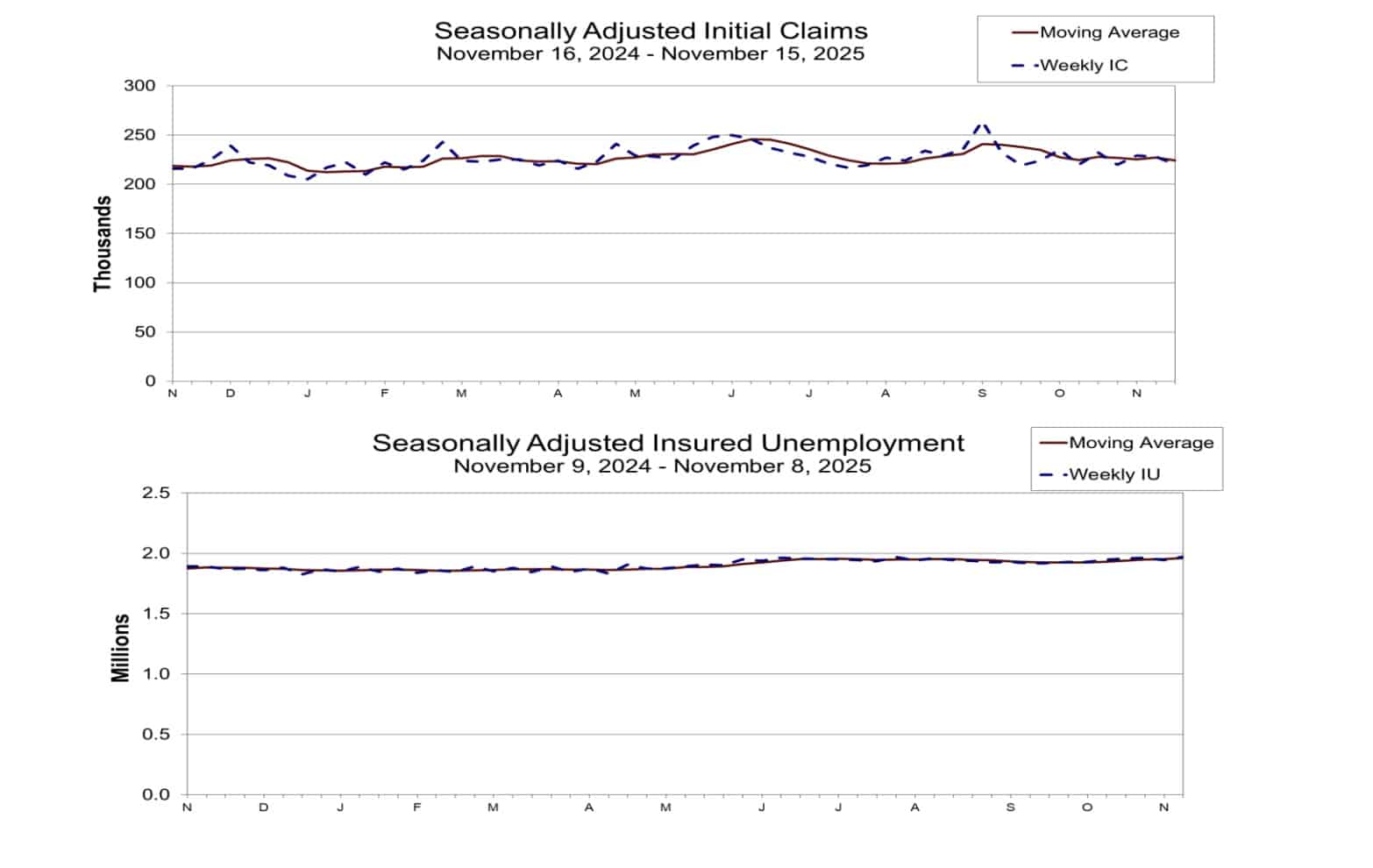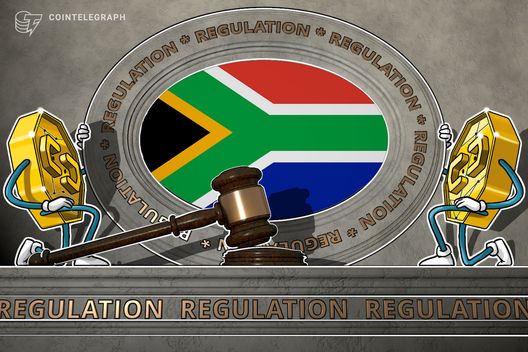Why is Crypto Down? When Will Crypto Recover?
NegativeCryptocurrency

On November 14, 2025, the cryptocurrency market experienced a significant downturn, with total capitalization dropping by 5.6% to $3.38 trillion within a 24-hour period. The leading asset, Bitcoin, fell below the critical $100,000 threshold, reaching a low of $95,900. This decline raises concerns among investors regarding the stability and future of the cryptocurrency market.
— via World Pulse Now AI Editorial System







